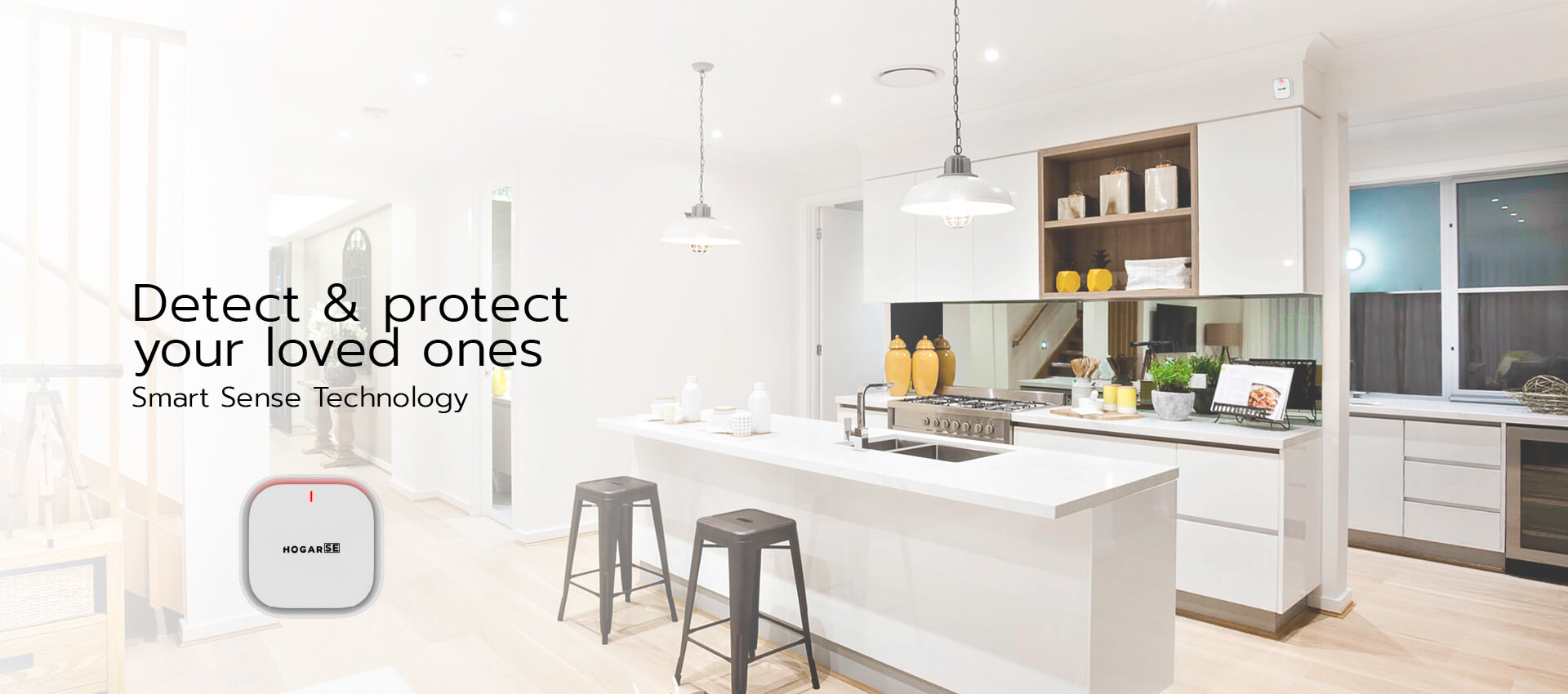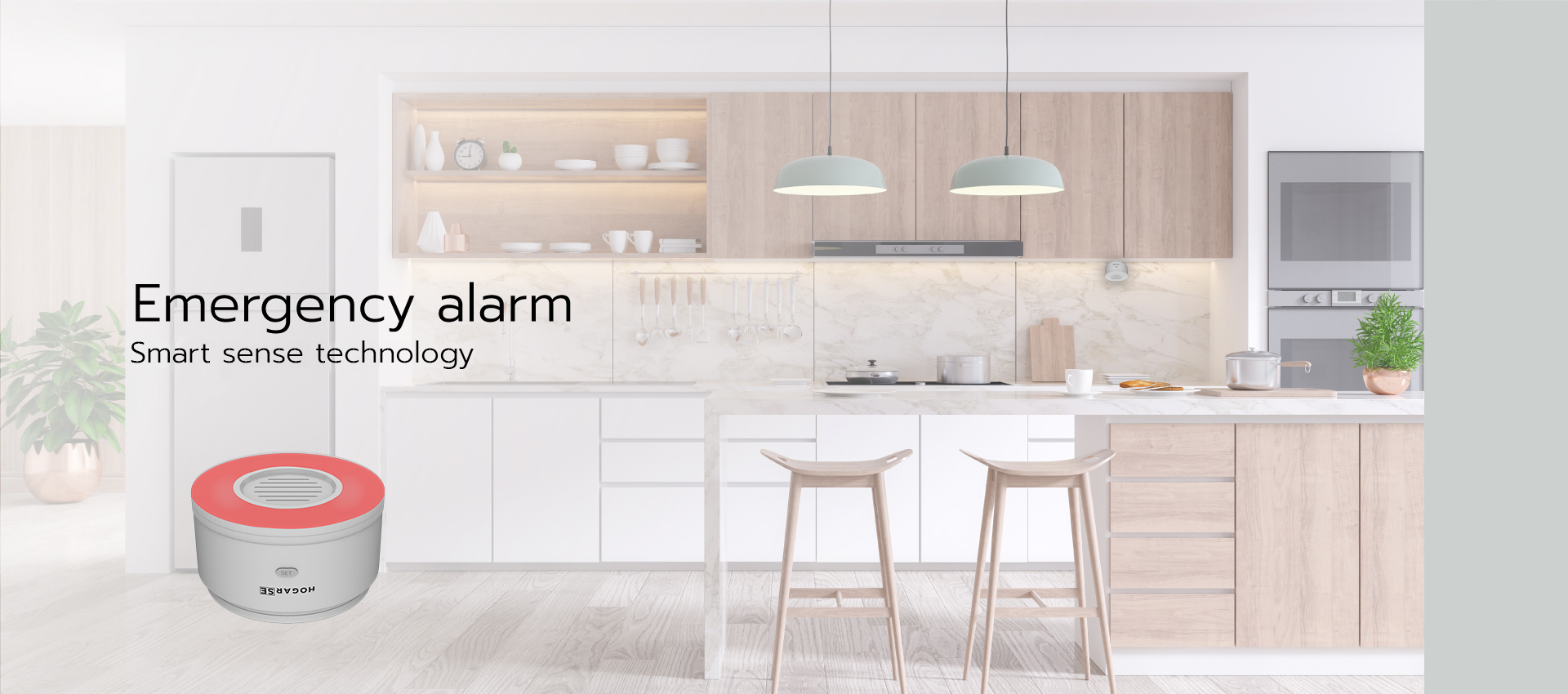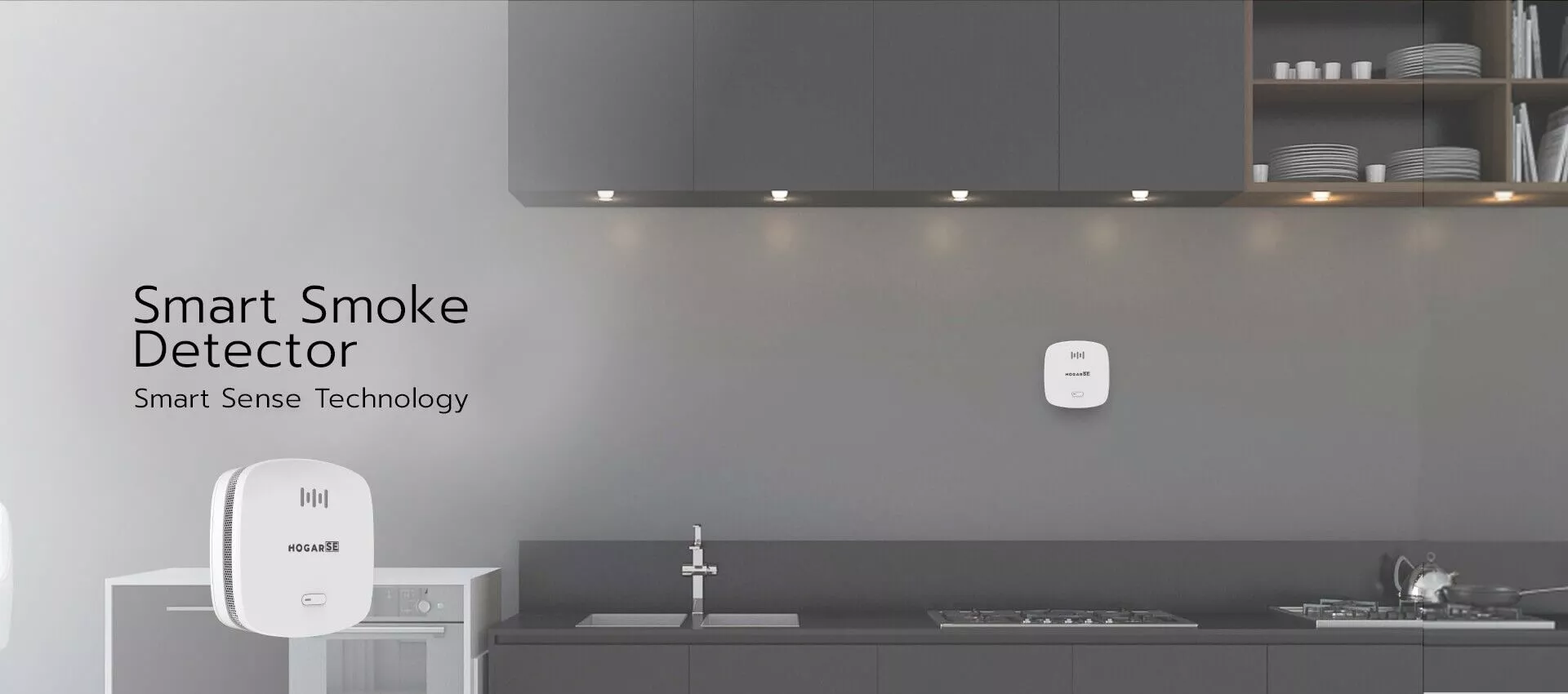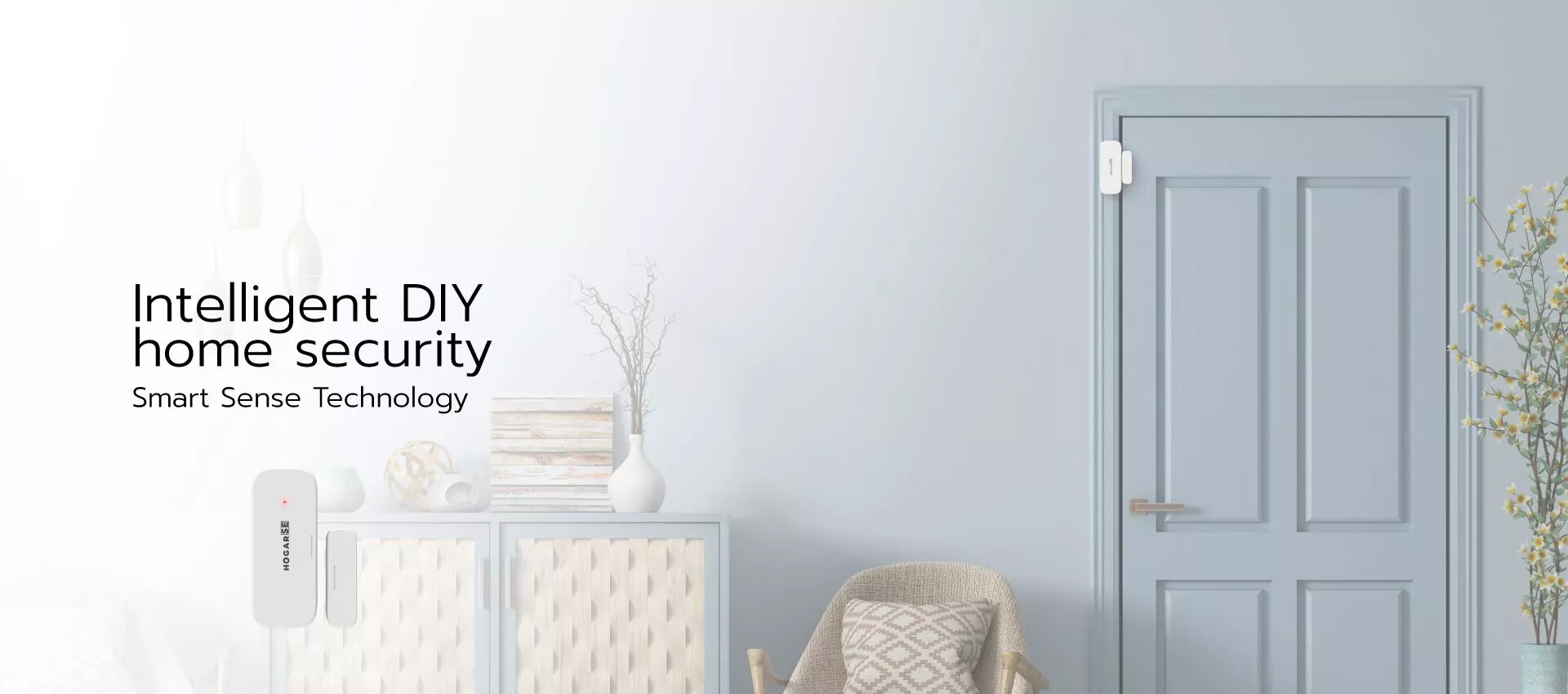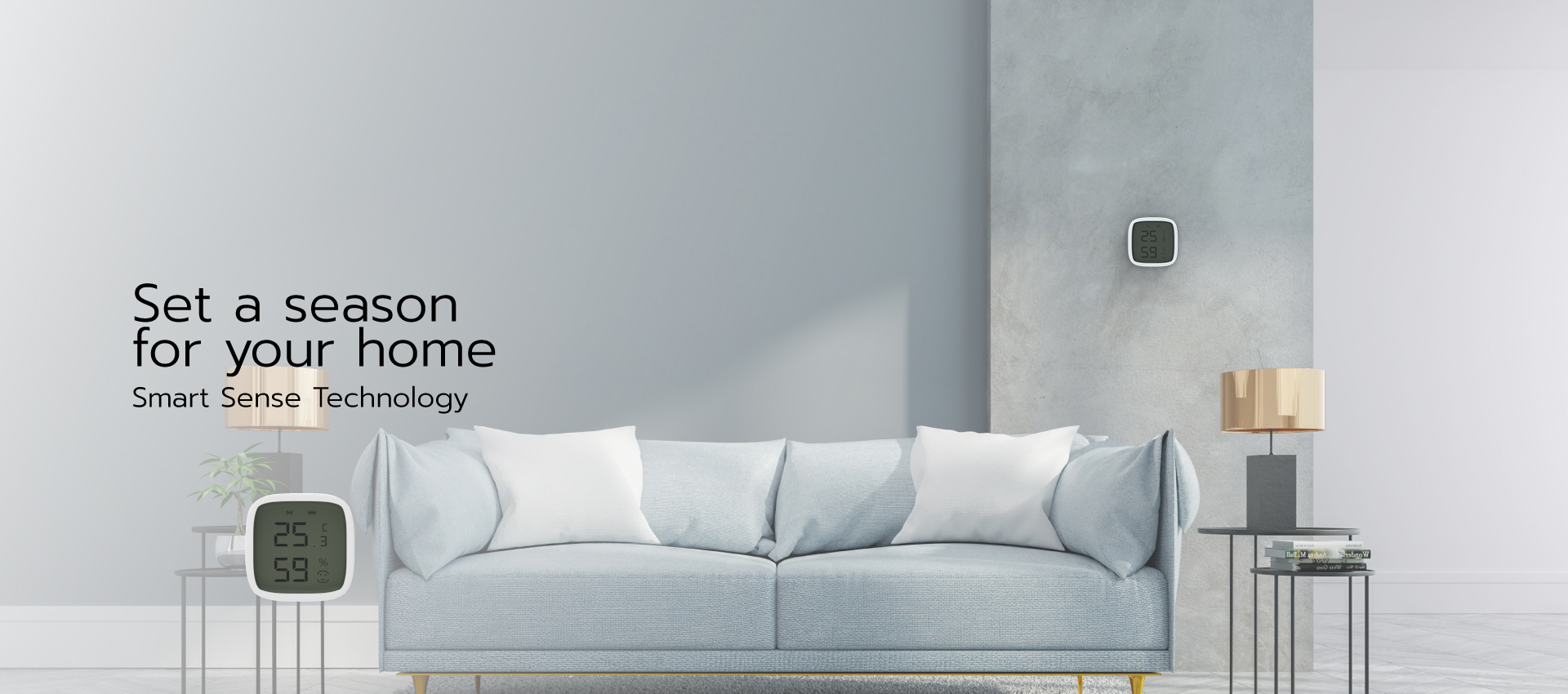Smart Safety Sensors
MULTI PROTOCOLS
WIRELESS
NO ADDITIONAL WIRING
APP / VOICE CONTROL
LINKAGE WITH OTHER SMART HOME DEVICES
Gas Sensor
- Gas leakage alarm (Light & Sound alerts via Indoor Siren)
- Gas detected- Natural gas (CH4)
- Program & Trigger scenes in other devices
- ZigBee 3.0 and Z-Wave Plus variants
- App control enabled
- Dimensions: 66 x 66 x 29 (mm)
Smoke Sensor
- Smoke & Fire alarms (Light and Sound alerts via Indoor Siren)
- Up to 50 m² detection range
- 12 months battery life
- Program & Trigger scenes in other devices
- ZigBee 3.0 and Z-Wave Plus variants
- App control enabled
- Dimensions: 70 x 70 x 29 (mm)
Indoor Siren- Emergency Alarm
- Connects with your existing security system
- Red flash and Buzzer (105+ dB) at the security breach
- ZigBee 3.0 and Z-Wave Plus variants
- App control enabled
- Dimensions: 78 x 41 (mm)
Temperature & Humidity Sensor
- Real time temp/humidity detection
- Program & Trigger scenes in other devices
- ZigBee 3.0 and Z-Wave Plus variants
- App control enabled
- Dimensions: 78 x 41 (mm)
Door & Window Sensor
- Door/Window opening & closing detection
- Program & Trigger scenes in other devices
- Receive phone alerts upon breach
- ZigBee 3.0 and Z-Wave Plus variants
- App control enabled
- Dimensions:
- 54 x 22.2 x 12.5 (mm) (Main body)
- 33.3 x 10.2 x 12.5 (mm) (Magnet body)
Motion Sensor
- Real time motion detection
- Covers 6m if fixed at 2.2m height
- Program & Trigger scenes in other devices
- Receive phone alerts upon detection
- ZigBee 3.0 and Z-Wave Plus variants
- App control enabled
- Dimensions: 78 x 41 (mm)
Vibration Sensor
- Breakage/Vibration detection
- Program & Trigger scenes in other devices
- Receive phone alerts upon breach
- ZigBee 3.0 and Z-Wave Plus variants
- App control enabled
- Dimensions: 78 x 41 (mm)
Product Queries
How does a smart sensor work?
In simple words, a smart sensor involves a base sensor that detects an external factor; and integrated computing resources that read and process the inputs of the base sensor. Depending on what you get, the base sensor may be designed to sense gas, smoke, temperature, movements, or other external factors. A smart sensor also has its communication capabilities, allowing it to connect to a private network and other devices around it.
What are the advantages of smart sensors?
For one, it’s about staying as safe as possible. May it be a fire, gas leak, break-in, or some other inadvertent event, we may not always see it coming. Smart sensors can detect breaches of this kind and alert you on the spot. Especially for places with valuables, this is a necessity.
Another big advantage of having a smart sensor is energy savings. A temperature sensor, for instance, can detect the ambient condition and tell your heating/cooling systems exactly what’s required. And a motion sensor for another instance can help turn the lights on only when you’re around and automatically turn it off when you aren’t. That’s energy and money being saved.
What are the main types of smart sensors?
Here’s the general idea-
Safety sensors: Gas sensor, smoke sensor.
Intrusion sensors: Motion sensor, vibration sensor, door/window sensor.
Thermostat sensors: Temperature and humidity sensor.

